The 1970s were a time of bold fashion, experimental lifestyles, and some social norms that would make anyone today do a double take. While the decade was full of fun, freedom, and creativity, many trends from that era would never fly now. Some were dangerous, others offensive, and a few were just plain irresponsible. Looking back, these forgotten fads remind us how much times have changed—for better or worse. Let’s take a nostalgic stroll through the past and explore 13 trends from the ’70s that would cause a stir if they made a comeback today.
1. No-Helmets Bike Culture
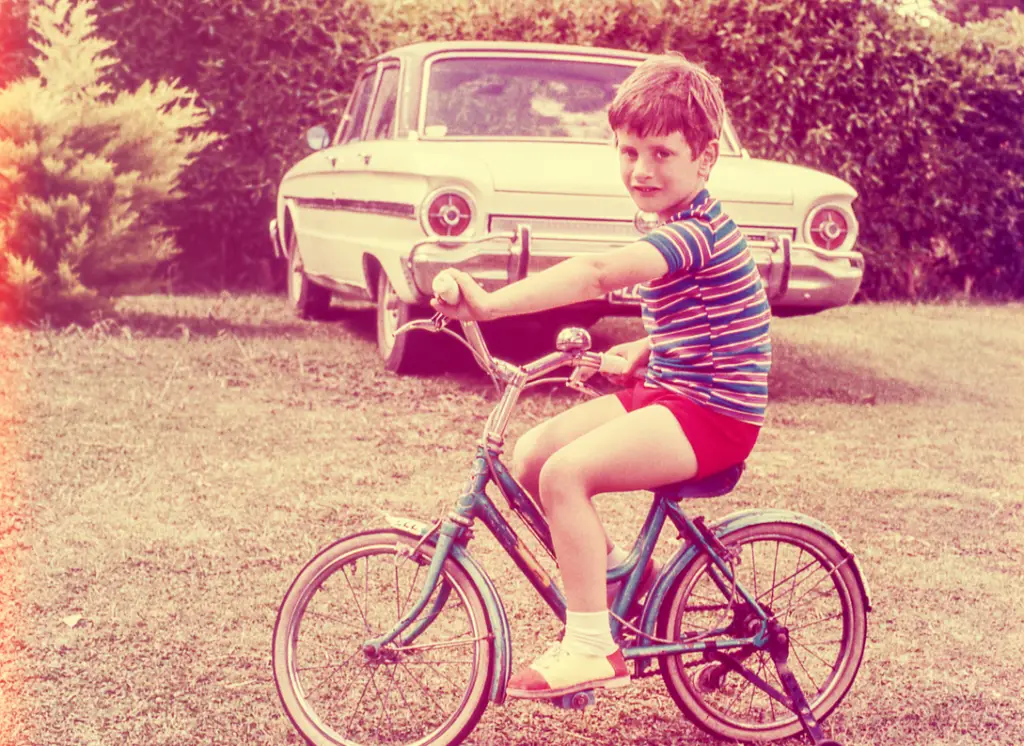
In the ’70s, biking was a beloved childhood pastime, but safety wasn’t exactly a priority. Kids would race down the street, pop wheelies, and even double up on a single bike—all without a helmet in sight. Protective gear was considered unnecessary or uncool, and many parents didn’t think twice about letting their kids pedal off without so much as a warning about head injuries.
Today, the idea of letting kids bike without helmets would spark outrage from parents, schools, and public safety advocates. Decades of research and awareness campaigns have emphasized the importance of helmets in preventing serious injuries. While the carefree bike rides of the ’70s may seem idyllic in hindsight, they came with significant risks. It’s a trend that perfectly encapsulates the “it’ll be fine” attitude of the time—one that feels shockingly reckless by today’s standards.
2. Cigarette Vending Machines
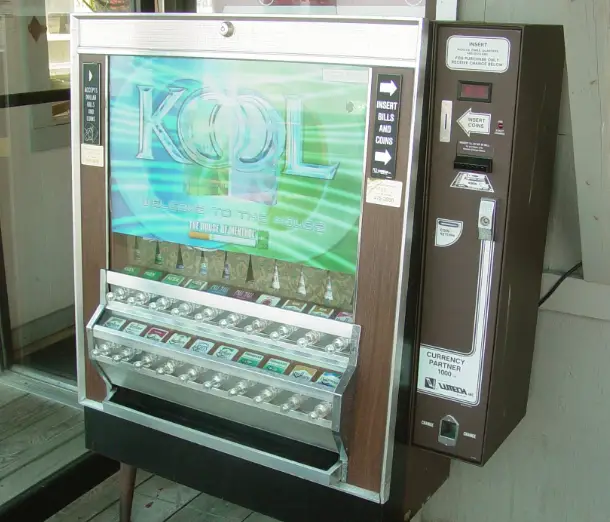
In the 1970s, cigarette vending machines were everywhere, from bowling alleys to grocery stores. There were no age restrictions or ID checks, meaning anyone with a few coins could easily buy a pack. The machines were a symbol of how normalized smoking was at the time, even for teens and younger kids.
Today, the idea of making cigarettes so accessible would be unthinkable. Anti-smoking campaigns and stricter regulations have dramatically changed public perception of tobacco products. While cigarette vending machines are a relic of the past, they serve as a reminder of just how much attitudes toward smoking have shifted.
3. Racially Insensitive Halloween Costumes

The ’70s saw Halloween costumes that reflected the era’s lack of cultural awareness. From “Indian princess” outfits to caricatures of other ethnic groups, many costumes would now be seen as offensive and disrespectful. Back then, these costumes were often mass-produced and marketed without a second thought.
Today, there’s a greater understanding of cultural appropriation and the harm caused by stereotyping. Wearing such costumes would likely result in public backlash, as people have become more vocal about the importance of respecting different cultures. The shift highlights how society has grown in its awareness of inclusivity and representation.
4. Casual Seat Belt Avoidance
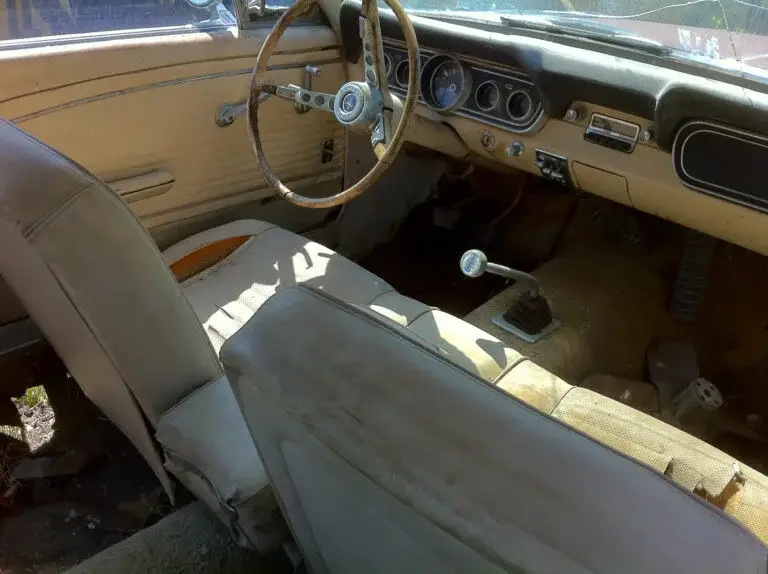
In the ’70s, wearing a seat belt was more of a suggestion than a rule. Many cars didn’t even have seat belts in the back seats, and those in the front often went unused. It wasn’t unusual to see kids standing on car seats or lying unrestrained in the back of station wagons.
Today, the idea of driving without buckling up feels reckless, thanks to decades of safety campaigns and stricter laws. Seat belts are now mandatory and credited with saving countless lives. The lax attitude toward car safety in the ’70s serves as a stark contrast to the vigilance we see today.
5. Smoking in Restaurants and Planes

The ’70s were a smoker’s paradise, with ashtrays on every table in restaurants and built into airplane armrests. Non-smoking sections were often a joke, as smoke drifted freely throughout enclosed spaces. This was simply the norm, and few questioned it.
Fast-forward to today, and the idea of lighting up in public spaces is shocking. Anti-smoking laws have created a smoke-free culture that’s healthier for everyone. Looking back, it’s almost hard to believe we ever tolerated such widespread exposure to secondhand smoke.
6. Gendered Job Advertisements

In the ’70s, job ads were often explicitly divided by gender. Classified sections in newspapers included “Help Wanted—Men” and “Help Wanted—Women,” with roles for women typically limited to secretarial or domestic work. Employers weren’t shy about expressing clear biases, assuming certain jobs were better suited for one gender.
Today, such practices would result in lawsuits and public outrage. Gender equality in the workplace has come a long way since then, with laws and societal expectations pushing for more inclusive hiring practices. The blatant sexism of ’70s job ads feels like a relic from another world.
7. Leaded Gasoline

Leaded gasoline was the norm in the 1970s, and its harmful effects on health and the environment weren’t widely understood. Car exhaust from leaded fuel contributed to air pollution and exposed millions of people to toxic lead, with children being especially vulnerable.
By the 1980s, the dangers of lead exposure became clear, leading to the phase-out of leaded gasoline. Today, its use is banned in most countries, and the idea of knowingly poisoning the air would spark an uproar. The transition to unleaded fuel is one of the decade’s most significant public health achievements.
8. Streaking

Streaking—running naked through public spaces—was a bizarre trend that peaked in the ’70s. From college campuses to major sporting events, streakers delighted in shocking unsuspecting crowds. It was seen as a playful act of rebellion and even considered funny by many.
These days, streaking would likely result in serious legal consequences and a public outcry. The carefree attitude toward nudity and public decency in the ’70s feels out of step with today’s more conservative social norms. Still, the streaking fad remains one of the decade’s most memorable quirks.
9. Dangerous Playground Equipment
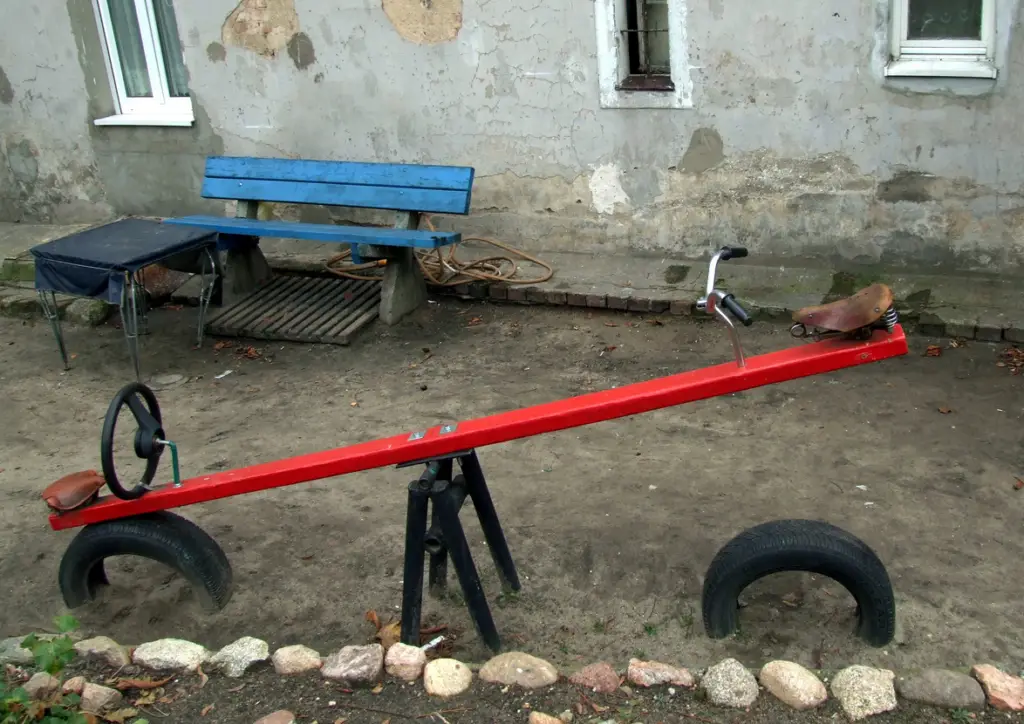
Playgrounds in the ’70s were a far cry from the safety-focused designs of today. Metal slides that burned in the sun, jungle gyms with massive drop-offs, and seesaws that doubled as catapults were common. Injuries were frequent, but the risks were largely shrugged off as part of growing up.
Now, playground safety standards are much stricter, with rubberized surfaces and carefully designed equipment. The idea of sending kids into such hazardous environments would spark outrage among modern parents. While we survived those perilous playgrounds, they’re a reminder of how much safety priorities have evolved.
10. Glamorous Fur Coats
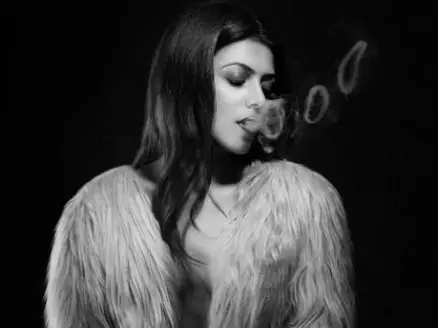
Fur coats were a status symbol in the ’70s, worn by celebrities and everyday people alike. Real animal fur was seen as luxurious and fashionable, with little thought given to the ethical implications. Animal rights activism was still in its infancy, and the fur industry thrived.
Today, fur is a lightning rod for controversy, with many brands opting for faux alternatives to avoid backlash. Public awareness of animal cruelty has transformed the fashion industry, making real fur a divisive and largely outdated trend. The fur obsession of the ’70s now feels like a relic of a less conscious era.
11. Kids’ Chemistry Sets with Real Chemicals
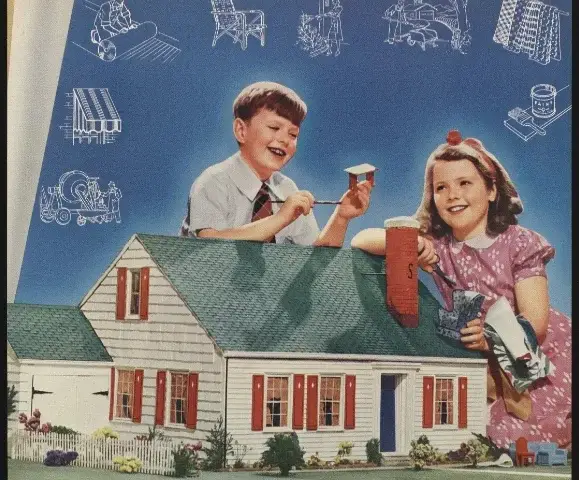
Chemistry sets in the ’70s weren’t the tame, watered-down kits we see today. They often included real, potentially hazardous chemicals that kids could mix and experiment with. The sets encouraged curiosity and learning, but they also carried significant risks, including burns and toxic fumes.
In today’s litigious society, such products would never hit the shelves. Modern chemistry kits prioritize safety and avoid dangerous substances, reflecting a broader shift toward protecting kids from harm. While those old sets sparked a love of science, they also walked a fine line between education and danger.
12. Unfiltered Advertising
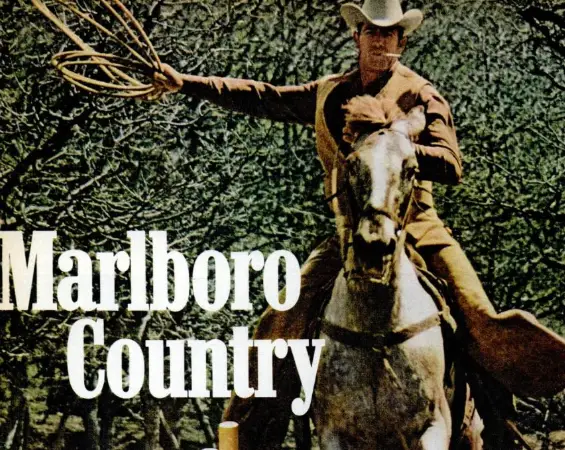
The ’70s were a golden age of unfiltered advertising, with commercials promoting everything from junk food to alcohol without much concern for public health. Ads targeted kids with sugary cereals and glorified unhealthy lifestyles, often using cartoons and mascots to appeal to young audiences.
Today, regulations around advertising to children and promoting unhealthy products are much stricter. The idea of using animated characters to push cigarettes or overly sugary snacks would cause outrage now. Those ads may be nostalgic, but they remind us how far we’ve come in protecting consumers.
13. Disco Stereotypes

As disco fever swept the nation, so did the cultural stereotypes tied to the movement. Disco culture often appropriated styles and influences from Black, Latinx, and LGBTQ+ communities, repackaging them for mainstream consumption without much acknowledgment of their origins.
While the music and fashion of the era are still celebrated, the lack of credit and respect for the communities that created disco would draw sharp criticism today. The commercialization of disco is a reminder of the importance of cultural appreciation over appropriation. It’s a trend that left a lasting legacy, both good and bad.
The trends of the ’70s were a product of their time, reflecting the era’s values, priorities, and blind spots. While many of these fads would be unthinkable today, they offer a fascinating glimpse into a world that felt freer in some ways and much less careful in others. Looking back, it’s amazing how much society has changed—and how much we’ve learned along the way.


